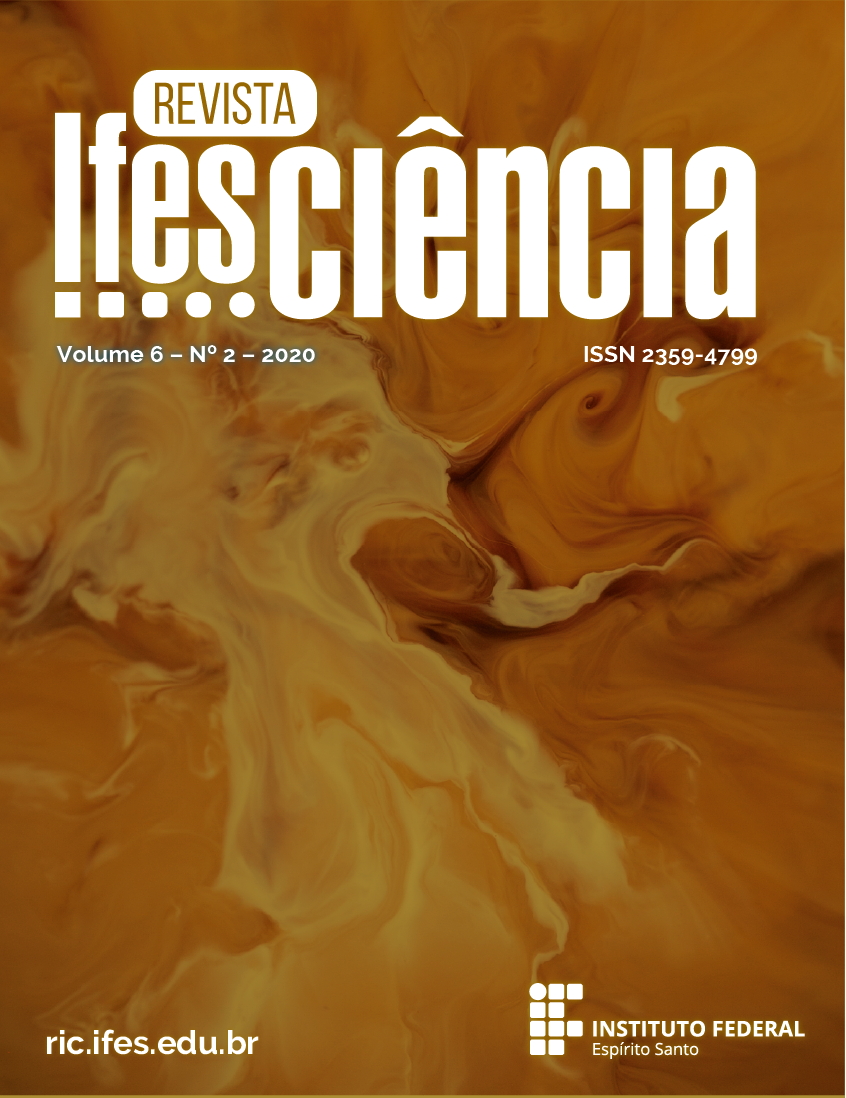CARACTERIZAÇÃO MORFOMÉTRICA E COMPORTAMENTO HIDROLÓGICO DA BACIA HIDROGRÁFICA DO RIO PARDO
DOI:
https://doi.org/10.36524/ric.v6i2.502Keywords:
Análise morfométrica;, bacias hidrográficas, hidrologiaAbstract
The morphometry of the watersheds represents quantitatively determinant factors in the runoff behavior, flow rates and concentration times. Knowledge of the factors that influence the hydrology of the region underpins the planning and management of water resources and supports the mitigating actions of several frequently observed problems such as water scarcity, concentrated rainfall, and flooding. This paper aims to interpret the morphology of the Pardo River basin, generating information to aid and support management activities through morphometric characterization and association of parameters with hydrological behavior in the region using data from the river station and geographic information system (GIS). The morphometric parameters analyzed in this study include those referring to the characterization of the watershed conformation, topography, and drainage network. The flows of the Pardo River were analyzed between 1954 and 2011 through the study of the maximum, long-term, specific and permanence maximum flows (Q95, Q90, Q7,10). The Pardo River's contribution basin has an area of 433.65 km², a form factor with a value of 0.97, oval and mountainous shape, with a high altitude of 901 m, characteristics that favor the occurrence of flooding in the basin, and the proximity Serra do Caparaó and its orographic influence increase the risks of rainier and more intense periods, causing high maximum flows, 108.06 m³s-1, and increasing the risk of flooding.
Downloads
Published
Issue
Section
License
Copyright (c) 2020 Revista Ifes Ciência

This work is licensed under a Creative Commons Attribution-NonCommercial-NoDerivatives 4.0 International License.
Autores que publicam nesta revista concordam com os seguintes termos:
- Autores mantém os direitos autorais e concedem à revista o direito de primeira publicação, com o trabalho simultaneamente licenciado sob a Licença Creative Commons Attribution que permite o compartilhamento do trabalho com reconhecimento da autoria e publicação inicial nesta revista.
b. Autores têm permissão e são estimulados a publicar e distribuir seu trabalho online (ex.: em repositórios institucionais ou na sua página pessoal) a qualquer ponto antes ou durante o processo editorial, já que isso pode gerar alterações produtivas, bem como aumentar o impacto e a citação do trabalho publicado (Veja O Efeito do Acesso Livre).



